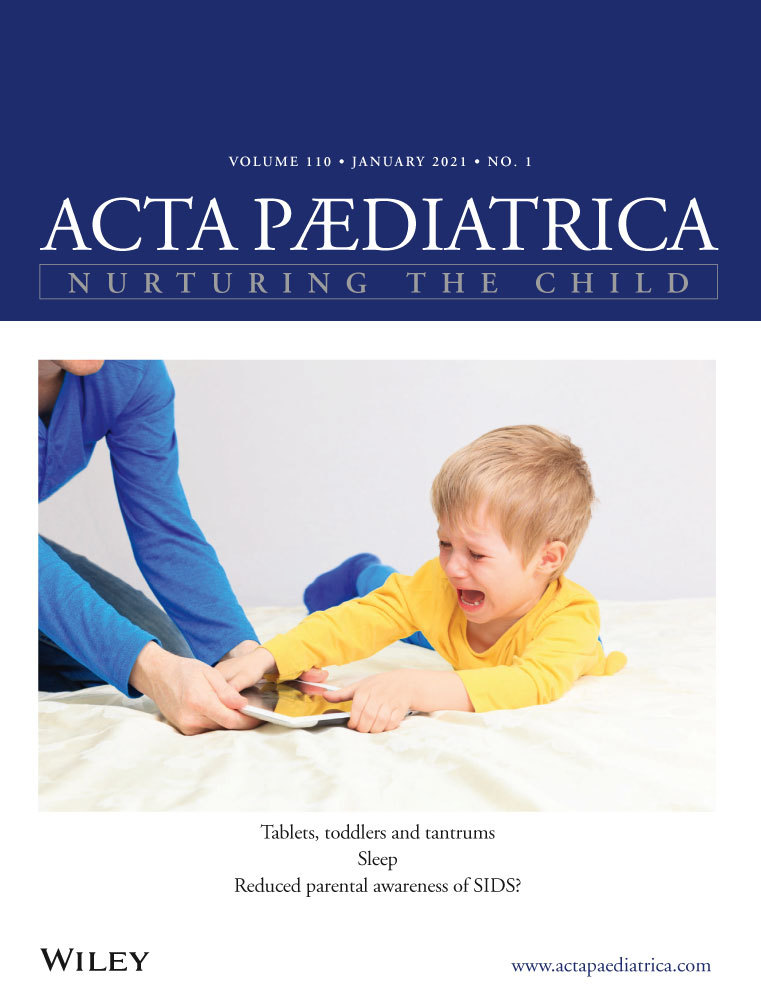Limited agreement between clinical assessment of infant colour at birth and oxygen saturation in a hospital in Ethiopia
Funding information
This study was supported by a grant of the Italian Episcopal Conference.
Abstract
Aim
To evaluate the relationship between clinical assessment of infant colour and oxygen saturation at birth in a low-resource setting.
Methods
Classification of infant colour (cyanotic, pink or unclear) by midwives was compared to pulse-oximeter data at 60-90-120-300 seconds after birth in 60 neonates.
Results
Overall, oxygen saturation increased over time (P < .0001) and was different according to infant colour (P < .0001). Median oxygen saturation in pink infants was 87% at 60 seconds (n = 1), 90% (IQR 83-91) at 90 seconds (n = 5), 86% (IQR 81-94) at 120 seconds (n = 11) and 93% (IQR 90-96) at 300 seconds (n = 20). Median oxygen saturation in cyanotic infants was 60% (IQR 45-70) at 60 seconds (n = 52), 64% (IQR 52-69) at 90 seconds (n = 42), 63% (IQR 56-68) at 120 seconds (n = 35) and 66% (IQR 62-74) at 300 seconds (n = 22). Median oxygen saturation in unclear-coloured infants was 57% (IQR 56-60) at 60 seconds (n = 7), 78% (IQR 71-81) at 90 seconds (n = 13), 81% (IQR 79-88) at 120 seconds (n = 14) and 80% (IQR 76-84) at 300 seconds (n = 18). The proportion of infants with unclear colour ranged from 12% to 30%.
Conclusion
The variability of oxygen saturation among pink and cyanotic infants, and the substantial proportion of unclear infant colour, suggest the possible benefit of the availability of pulse oximetry in low-resource settings.
CONFLICT OF INTEREST
All the authors have no conflicts of interest to disclose.




